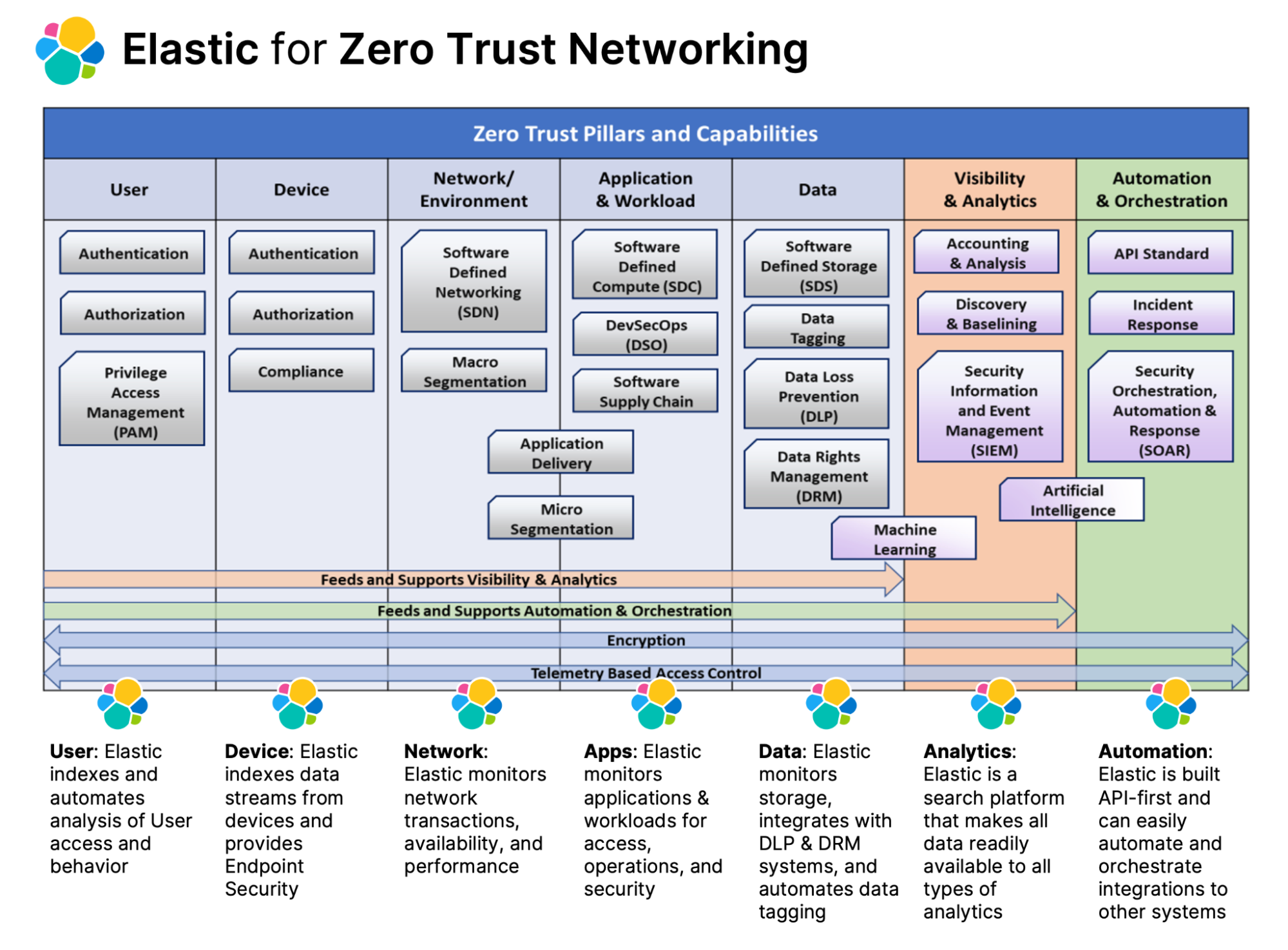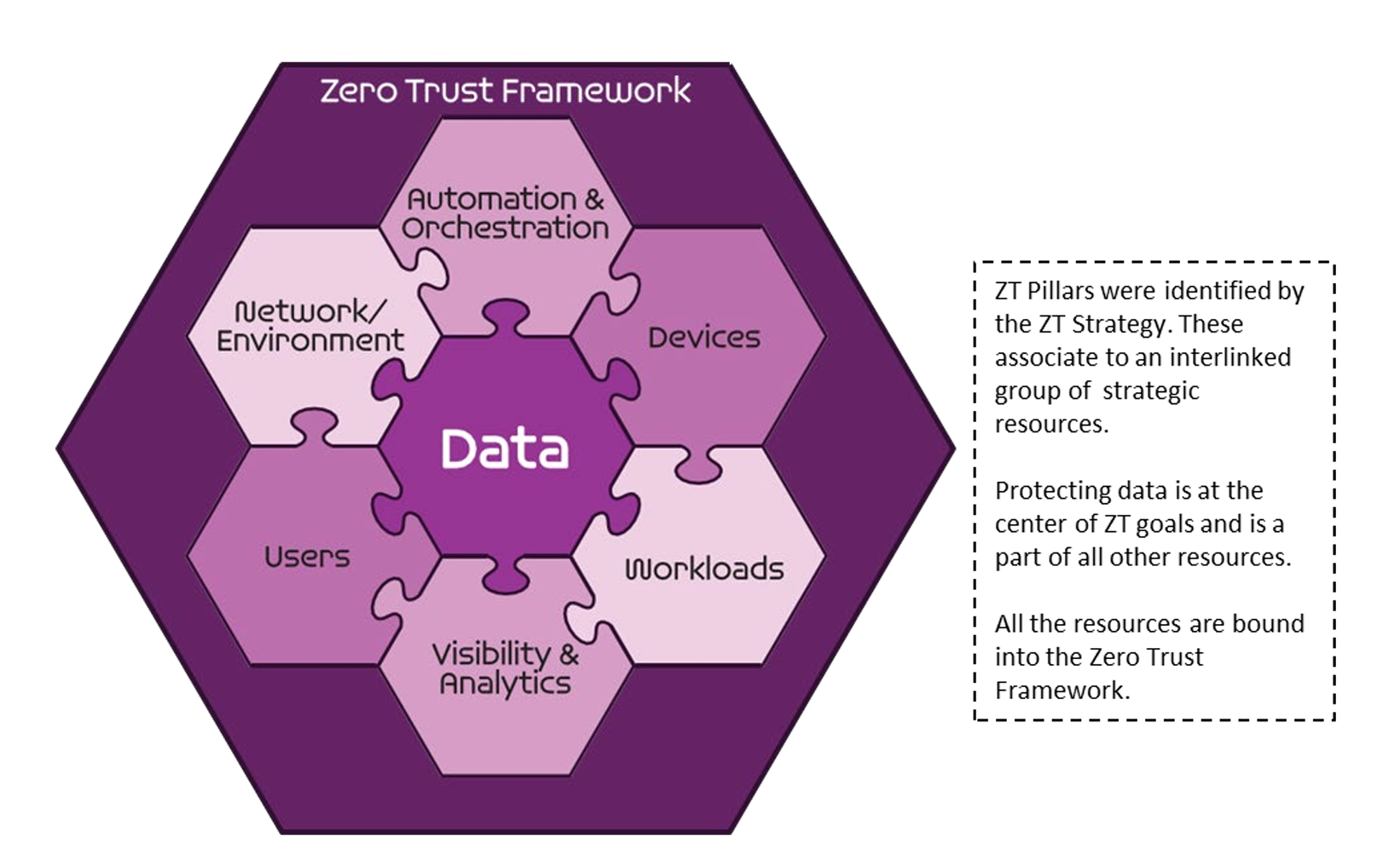

What is zero trust?
Zero trust defined
Zero trust is a security framework based on the principle that users and devices should never be automatically or implicitly trusted, whether inside or outside an organization's network perimeter. By default, it assumes that every access request, regardless of its origin or location, should be strictly and continually verified and authenticated before granting or maintaining access to resources.
As cyber threats become increasingly sophisticated, traditional network security models are no longer adequate for protecting sensitive data and systems. And as the average cost of a data breach for US companies inches past $10 million1, the price for adhering to outdated "trust but verify" security models will only become more severe.
Zero trust is a "never trust, always verify" approach to security that is proven to be more effective than traditional network segmentation and perimeter-based defenses. It's an evolving, forward-looking solution that addresses the challenges faced by most modern enterprises, providing protection for complex hybrid cloud environments, local networks, remote workers, and the devices, apps, data, and infrastructure they rely on—wherever they happen to be located.
So, what is zero trust network access (ZTNA)?
Zero Trust Network Access (ZTNA) is the fundamental component behind the zero trust model. It provides secure access to resources based on user identity and device posture, rather than relying on network location. ZTNA enables organizations to implement granular, defined access controls, providing users with the least privilege necessary to perform their tasks. By limiting access to only the applications and services users have permission to see, the approach minimizes any potential attack surface and reduces the risk of unauthorized lateral movement—a common vulnerability exploited by cybercriminals.
By denying access by default and setting up one-to-one encrypted connections between devices and the resources they utilize, ZTNA provides secure remote access to specific applications and services while concealing most infrastructure and services. This also allows for location and device-specific access control policies to be implemented, preventing compromised devices from connecting to services.
How zero trust works
Zero trust requires continuous verification and monitoring. It relies on technologies and techniques like multi-factor authentication (MFA), identity-based access control, micro-segmentation, robust end-point security, and continuous monitoring of user behavior and device health.
By combining these elements, zero trust ensures that access is only ever granted based on real-time trust evaluation, rather than the assumed trust of static credentials or network location. The zero trust model operates on the premise that a breach has already occurred or will occur, and thus any given user should never be granted access to sensitive information based on a single verification at the enterprise perimeter.
Zero trust demands that each user, device, and application be continually verified. A zero trust security strategy authenticates and authorizes every connection and network flow, relying on a wide variety of data to maintain complete visibility.
The vast majority of attacks have traditionally involved the use or misuse of legitimate, compromised credentials within a network. Once inside a network’s perimeter, bad actors are able to wreak havoc across systems. With the explosive growth of cloud migration and remote work environments, zero trust represents the evolution of an obsolete security model.
5 core pillars of the zero trust model
At the moment, the core pillars of the zero trust model aren’t standardized. The United States federal government alone has at least four different documents that outline foundations for zero trust: the Cybersecurity and Infrastructure Security Agency (CISA), the National Institute of Standards and Technology (NIST), the US Department of Defense (DoD), and the Government Services Administration (GSA).
Though there are varying definitions of the concept, along with different combinations of core principles related to its application, there are generally five pillars considered fundamental to building a zero trust security framework:
- Identity-based access control: Zero trust emphasizes the importance of verifying and authenticating user identities before granting access to resources. User identities are the primary criteria for determining access privileges.
- Multi-factor authentication (MFA): MFA adds an extra layer of security by requiring users to provide multiple forms of verification, including passwords, biometrics, and security tokens.
- Micro-segmentation: Micro-segmentation divides networks into smaller sections, allowing organizations to enforce granular access controls. By limiting lateral movement within the network, zero trust minimizes the impact of potential breaches.
- Least privilege: Users are granted the least privilege necessary to perform their tasks. By restricting access rights, you minimize the risk of unauthorized access and data exposure. Limiting the scope of credentials and access paths to a potential attacker gives organizations more time to neutralize attacks.
- Continuous monitoring and validation: The continuous and active monitoring of user behavior, device health, and network traffic to detect anomalies and potential threats allows IT teams to respond rapidly to security events. Once established, logins and connections also periodically time out, requiring users and devices to be continuously re-verified.

How to implement zero trust
The successful implementation of a zero trust architecture requires an organization-wide commitment. That includes universal alignment on access policies and the need to connect information across security domains—as well as the need to secure all connections across an organization. Adopting zero trust effectively requires a systematic approach. Here are three key steps to help organizations transition to a zero trust security model:
Step 1: Assess your existing network infrastructure and security posture to identify vulnerabilities. Defining your attack surface by evaluating weaknesses and discovering areas in need of improvement will help you gauge the scope of your zero trust implementation.
Step 2: Develop a comprehensive access-control strategy based on the principles of zero trust. This includes cataloging all of your IT and data assets, defining and assigning user roles, implementing multi-factor authentication, establishing granular access controls, and adopting network segmentation techniques.
Step 3: Deploy the latest technologies and solutions to support your zero trust implementation. This may involve leveraging identity and access management (IAM) solutions, intrusion detection systems, next-generation firewalls, and security information and event management (SIEM) tools. Regularly monitor and update these solutions to maintain a healthy zero trust security environment.
Why is zero trust important?
Zero trust is important because it addresses the limitations of traditional network security models that rely on perimeter defense strategies like firewalls to protect vital data resources and infrastructure. With the rise of advanced threats, insider attacks, and the lateral movement of malicious actors within a network, that approach has been rendered inadequate.
In a digital era defined by an increasingly global and disparate workforce, zero trust provides a proactive and adaptive security framework that focuses on continuous verification, reducing the risk of unauthorized access and data breaches. And with the proliferation of hybrid cloud infrastructure and infinitely complex data-driven environments, well-implemented zero trust strategies save security teams valuable time. Rather than expending resources managing a poorly integrated patchwork of security solutions and tools, enterprises and their IT teams can focus on the threats that are coming next.

Challenges of zero trust adoption
While zero trust offers significant security advantages, its adoption may present certain growing pains. Common challenges include:
Legacy infrastructure
Organizations with legacy systems may find it challenging to integrate zero trust principles into their existing network architectures. Legacy systems may lack the necessary capabilities to implement granular access controls and continuous monitoring. Adapting infrastructures built on implicit trust to align with zero trust principles will require investment.
User experience
Implementing robust authentication measures and access controls can impact user experience. To ensure a smooth transition to zero trust, organizations need to strike a balance between security needs and usability requirements.
Cultural changes
Zero trust requires a shift in mindset and organizational culture. The transition away from outmoded "trust but verify" procedures can be met with resistance from users accustomed to more permissive access policies. Zero trust can only be adopted with engagement, cooperation, and full buy-in from senior leadership, IT staff, data and system owners, and users across an organization.
Benefits of zero trust security
Zero trust strategies can yield many benefits, including improved productivity, better end-user experiences, reduced IT costs, more flexible access, and, of course, significantly enhanced security. Adopting zero trust offers organizations:
- Improved security posture: At its core, by continuously verifying and monitoring access, zero trust reduces both the attack surface and the risk of unauthorized access, eliminating vulnerabilities baked into traditional perimeter-oriented protections.
- Reduced exposure to data breaches: Zero trust's principle of least privilege and granular access controls limit user access rights, decreasing the likelihood of data breaches, lateral movement, and insider attacks.
- Enhanced visibility and control: Zero trust provides organizations with precise, real-time visibility into user behavior, device health, and network traffic.
- Rapid response: Zero trust enables faster threat detection and response.
- Damage mitigation: By restricting breaches to smaller areas through micro-segmentation, zero trust minimizes the damage when attacks do occur, lowering the cost of recovery.
- Reduced risk and impact: By requiring multiple authentication factors, zero trust reduces the impact from phishing attacks and user credential theft. Enhanced verification reduces the risk posed by vulnerable devices, including IoT devices that are challenging to secure and update.
Zero trust use cases
A zero trust strategy can be adapted to meet the unique needs of most organizations. As zero trust gains traction across industries, the number of potential use cases continues to grow. Here are just a few examples:
- Securing remote workforces: With the vast increase in remote work arrangements, zero trust helps organizations secure access to corporate resources from potentially untrusted networks and devices.
- Cloud and multi-cloud environments: Zero trust is well-suited for securing cloud-based applications and infrastructure, ensuring that only authorized users and devices gain access to critical cloud resources.
- Privileged access management: Zero trust principles are particularly relevant for managing privileged access and mitigating risks associated with privileged accounts.
- Quickly onboarding third parties, contractors, and new employees: Zero Trust makes it easier to extend restricted, least-privilege access to external parties using outside devices not managed by internal IT teams.
Zero trust with Elastic
Elastic can facilitate the practical application of zero trust principles across an entire enterprise. Elastic provides a scalable data platform to bring together all layers of an organization’s IT infrastructure and applications. And it allows you to collect and ingest data from multiple disparate sources unified within a common access layer—in a format that enables cross-correlation and analysis at scale and in near real-time.
Elastic facilitates one of the most foundational capabilities of any effective zero trust strategy: a common data operating layer that provides near real-time query and analytics on all relevant data streams. Elastic’s uniquely powerful and flexible data platform provides a bridge between all systems that’s both cost-effective and scalable, resulting in a more integrated, accurate, and trustable environment.
Crucially, Elastic’s capabilities allow you to keep data actionable in a zero trust architecture. Among many other benefits, that means your organization can log everything, store data affordably, and use searchable snapshots to find all data through a single query, no matter where it’s stored.
Explore how to optimize and defend your infrastructure with Elastic
Zero trust resources
- Keeping data actionable in a zero trust architecture
- Elastic Public Sector: Optimize your infrastructure. Defend your data. Elevate citizen experiences
- What is cybersecurity?
- Elastic provides the foundation for the DoD’s pillars of Zero Trust Networking
- Elastic Security: Guide to high-volume data sources for SIEM